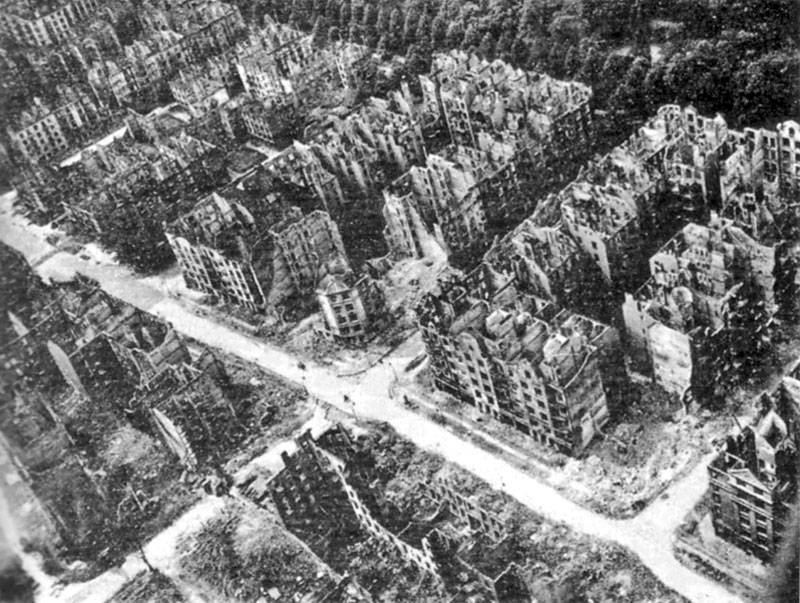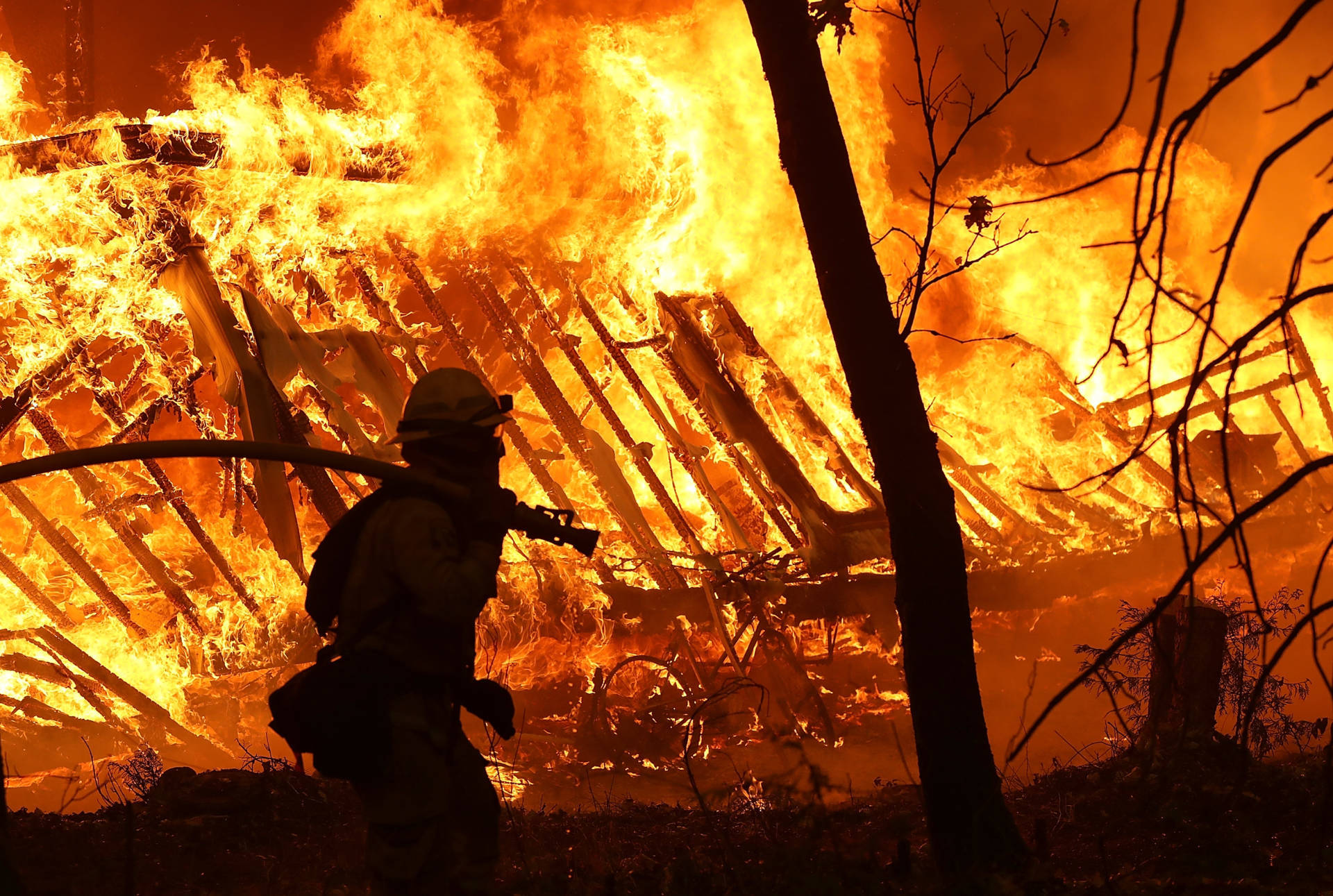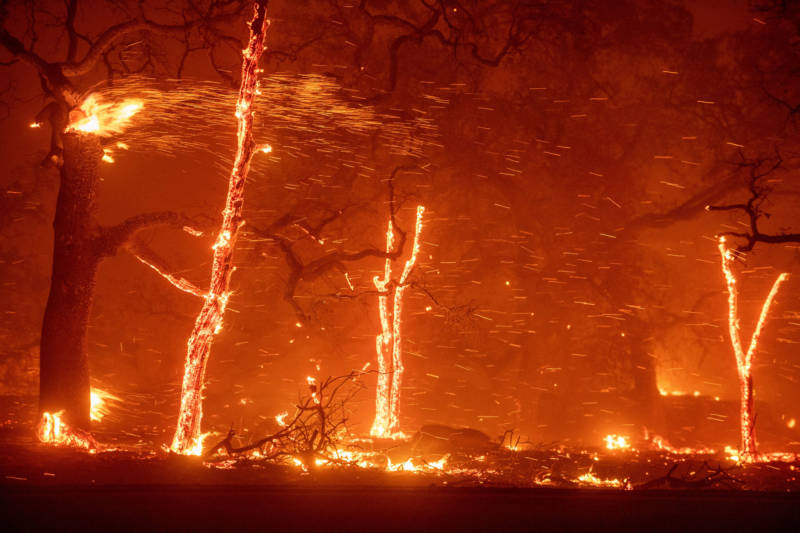A Cal Fire report on injuries suffered by five firefighters in the first day of the Camp Fire in Butte County gives graphic new details of the chaos that crews confronted as violently shifting winds turned a wildland blaze into an explosive urban firestorm.
The agency Green Sheet focuses on two episodes in the fire's first 24 hours: one in which three firefighters were burned after becoming trapped by a sudden wind shift and a second in which two firefighters trying to save homes were injured by an exploding propane tank.
The report also sets the scene for the devastating fire — drought, high winds and areas of thick vegetation that had not burned in recorded history. Those conditions led to a blaze that moved with shocking speed on Nov. 8, consuming an estimated 76 acres a minute and advancing 15 miles from its origin near the Feather River community of Pulga in just 12 hours. The fire ultimately killed at least 86 people and burned 14,000 homes in Paradise and the communities of Concow and Magalia.
In describing the fire's ferocity as it raced through the town of Paradise, the Green Sheet resorts to a comparison drawn not from previous wildfires, but from the annals of World War II.
"When the fire reached the town of Paradise," the Green Sheet says, "an urban firestorm began to spread from building to building independent of the vegetation, similar to the firestorm that consumed Hamburg, Germany, in 1943."
In July and August of that year, British and U.S. planes carried out raids for eight days and nights that destroyed much of the city and killed at least 34,000 people.



